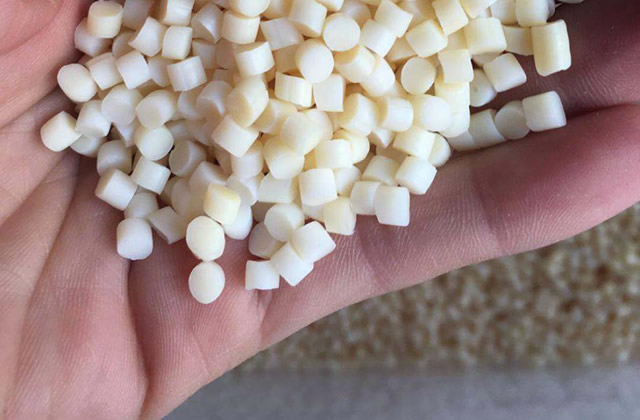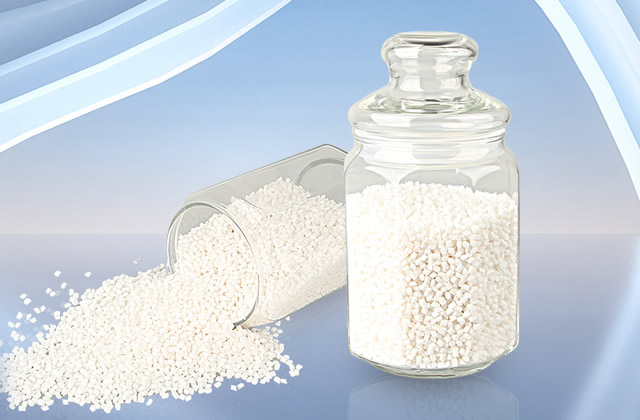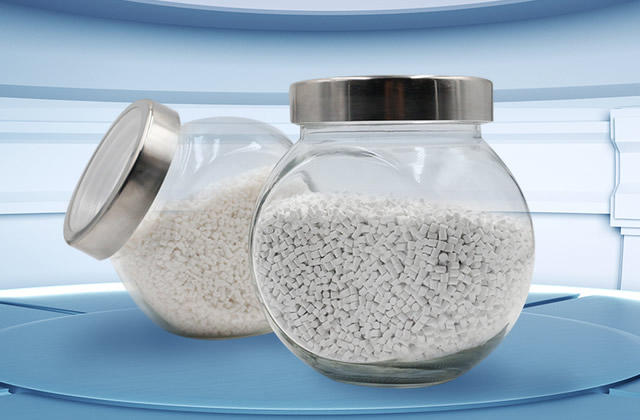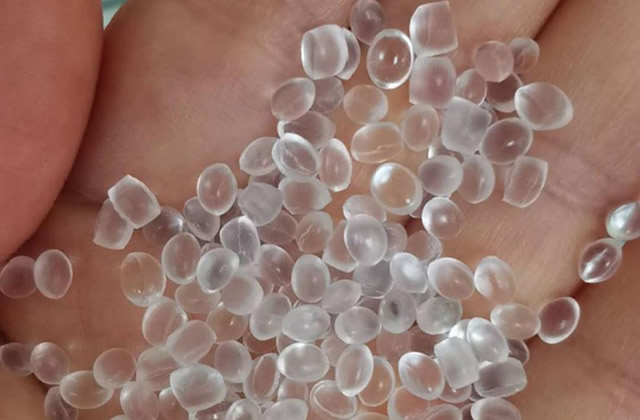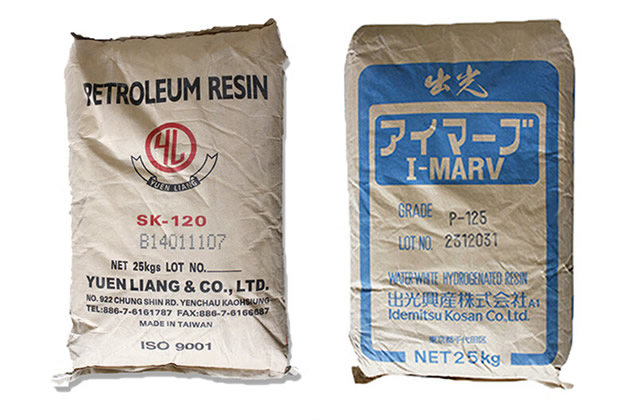1. What is a release agent?
A release agent is a functional substance between the mold and the finished product. It is used when two parts are easy to adhere to each other. An interface coating can be formed on the surface of an object, allowing the module to be easily released from the mold, improving the wear resistance and scratch resistance of the final product. It can make the surface of the object easy to separate, smooth and clean.
2. Characteristics of release agents
1. Release agents are chemically resistant and have different chemical compositions with different resins (especially styrene). and amines) are not dissolved when in contact.
2. The release agent also has heat and stress resistance and is not easy to decompose or wear.
3. Release agents also have certain dangerous characteristics, including volatile components, flammability, irritation and corrosiveness.
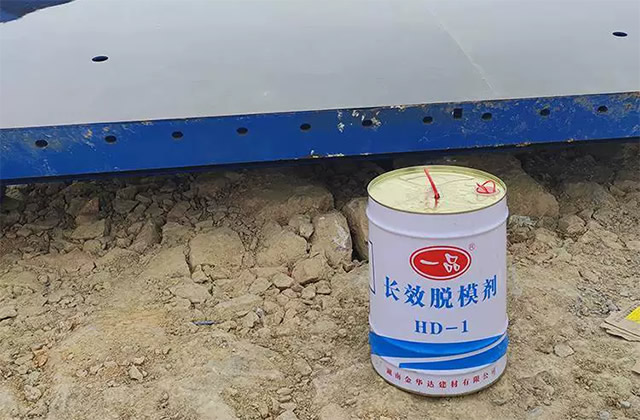
3. There are several types of release agents
Release agents are widely used in metal die-casting, polyurethane foam and elastomers, glass fiber reinforced plastics, injection molded thermoplastics, vacuum In various molding operations such as foam sheets and extruded profiles, there are many types, which can be divided into different types according to different classification methods:
1. Classification according to usage
It can be divided into internal release agent and external release agent. The former is added directly to the molded plastic, and the latter is coated on the surface of the mold cavity.
2. Classification according to service life
Can be divided into conventional release agents and semi-permanent release agents.
3. Classified by form
Can be divided into solvent-based release agents, water-based release agents, solvent-free release agents, and powder release agents Agent, paste release agent.
4. Classified by functional use/application
Can be divided into metal release agents: die-cast aluminum (magnesium, zinc), casting, forging, etc.; Non-metal release agent: rubber, fiberglass, plastic, polyurethane, concrete, etc.
5. Classification by chemical composition
It can be divided into three categories: inorganic release agents, organic release agents and polymer release agents.
6. Classification by active substances
(1) Silicon series: mainly silicone compounds, silicone oil, silicone methyl branched silicone oil, Methyl silicone oil, emulsified methyl silicone oil, hydrogenated methyl silicone oil, silicone grease, silicone resin, silicone rubber, silicone rubber toluene solution.
(2) Wax series: plant, animal, synthetic paraffin wax; microcrystalline paraffin wax; polyethylene wax, etc.
(3) Fluorine series: best isolation performance, less pollution to the mold, but high cost: polytetrafluoroethylene; fluororesin powder; fluororesin coating, etc.
(4) Surfactant series: metallic soap (anionic), EO, PO derivatives (nonionic).
(5) Inorganic powder series: talc, mica, clay, white clay, etc.
(6) Polyether series: a mixture of polyether and grease, which has good heat resistance and chemical properties. It is mostly used in certain rubber industries that have restrictions on silicone oil, but the cost is higher than that of silicone oil series.
If the website content violates your rights, please contact us to delete it。




